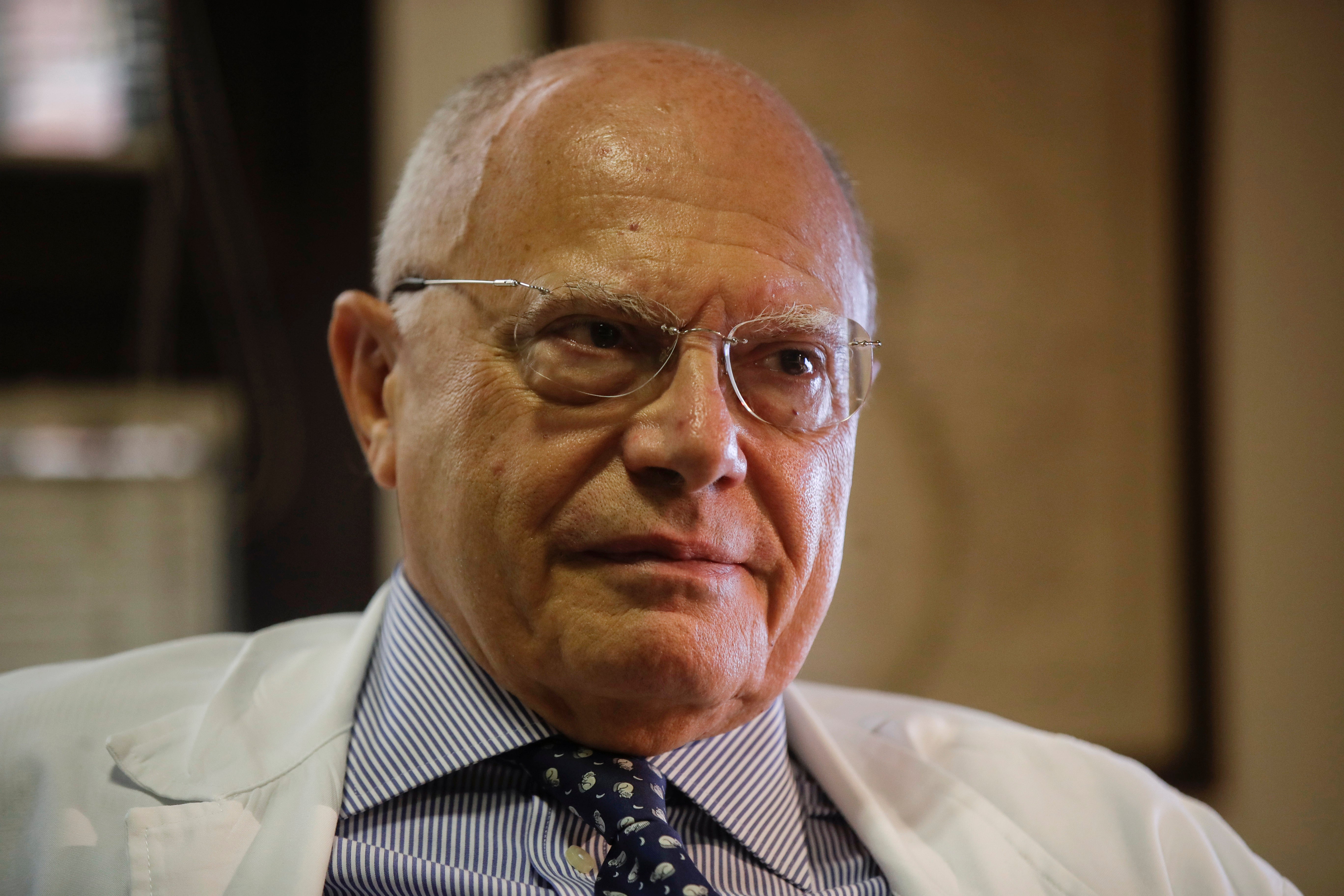Virologist: Milan surge spreading to at-risk populations
As Italian health officials declare that the resurgence of COVID-19 has reached an “acute phase,” a virologist on the front lines in the Lombard capital, Milan, tells The Associated Press that Italy has two weeks to stop the spread or risk “following in the footsteps” of European neighbors where exponential spreads have ushered back harsh restrictions

Your support helps us to tell the story
From reproductive rights to climate change to Big Tech, The Independent is on the ground when the story is developing. Whether it's investigating the financials of Elon Musk's pro-Trump PAC or producing our latest documentary, 'The A Word', which shines a light on the American women fighting for reproductive rights, we know how important it is to parse out the facts from the messaging.
At such a critical moment in US history, we need reporters on the ground. Your donation allows us to keep sending journalists to speak to both sides of the story.
The Independent is trusted by Americans across the entire political spectrum. And unlike many other quality news outlets, we choose not to lock Americans out of our reporting and analysis with paywalls. We believe quality journalism should be available to everyone, paid for by those who can afford it.
Your support makes all the difference.Italy has two weeks to stop the rising rate of transmission of coronavirus or it risks “following in the footsteps" of European neighbors where exponential spreads have ushered back harsh restrictions, a virologist on the front lines says.
Italian health officials have declared that the resurgence of COVID-19 has reached an “acute phase." Massimo Galli, the director of infectious diseases at Milan’s Luigi Sacco hospital, said Italy’s surge — which hit pandemic highs of new daily infections this week — is not the result of record testing, as policy makers have suggested, but a sign of a real return among the population most at risk.
It only takes a look at Sacco’s COVID-19 ward, a few steps from Galli's office, to raise the alarm.
“We have a situation that reminds one quite distressingly of the one that we already have experienced,’’ Galli told The Associated Press, referring to the peak in March and April when the surge in infections resulted in a one-day record of 969 deaths.
Already in Milan he said, the number of elderly patients or those with other risk factors is growing, indicating a spread beyond the expansion seen in late September, when most new positives were among people caught by contact tracing and screenings, for example people returning from vacation.
‘’The trend is already there, and it is frankly alarming,’’ he said, adding that “it is not a generalized situation, it is not all of Italy.”
But he fears that new nationwide restrictions adopted over the past two weeks — including mandatory masks outdoors, a ban on pick-up sports and restaurant closures at midnight — are not enough.
“If we don’t in 15 days ... have an indication of being able to control all of the major outbreaks, there won’t be a choice but to enter another phase of limiting activities,’’ Galli said.
On Friday, the region of Campania, which includes Naples and which has been under pressure since early September, closed schools until the end of the month — angering the government in Rome.
That came after Italy reported a new daily record of confirmed virus cases — 8,804 — on Thursday, including more than 2,000 in Lombardy and 1,000 in Campania. After hovering around 40 for days, the death toll surged to 83, one-third of those in Lombardy.
Newly confirmed cases have also reached record levels in the Czech Republic, which also shut schools, and Poland, which has limited restaurant hours and closed gyms and schools. France, meanwhile, has imposed a 9 p.m. curfew in Paris and other big cities.
___
Follow AP’s pandemic coverage at http://apnews.com/VirusOutbreak and https://apnews.com/UnderstandingtheOutbreak